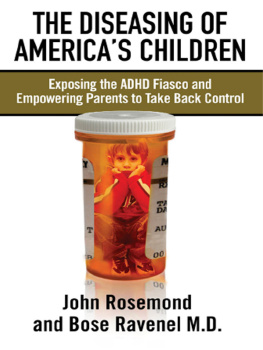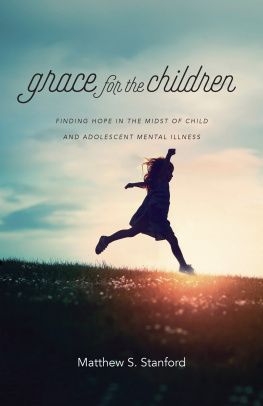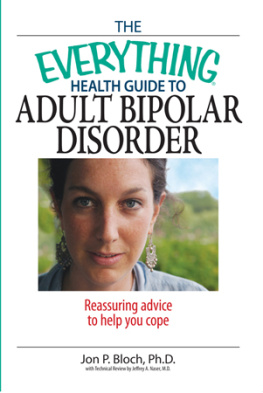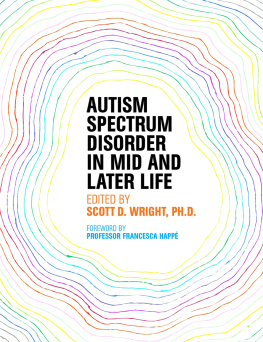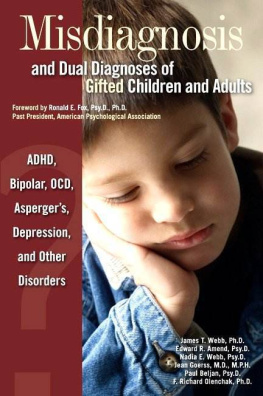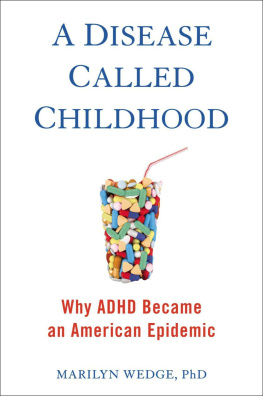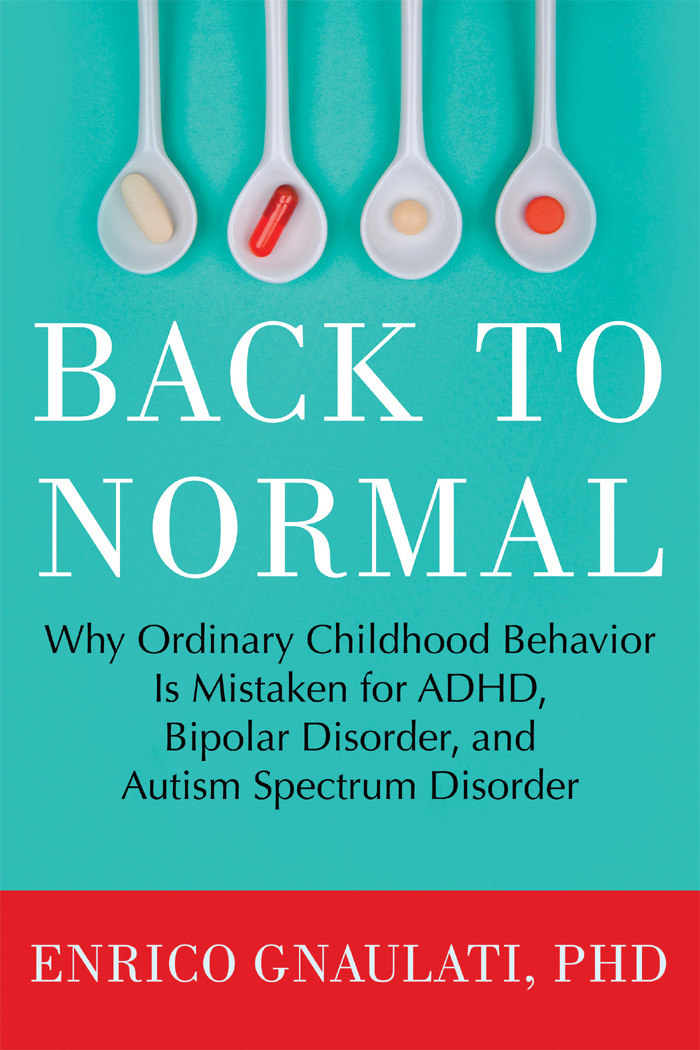Enrico Gnaulati PhD - Back to Normal: Why Ordinary Childhood Behavior Is Mistaken for ADHD, Bipolar Disorder, and Autism Spectrum Disorder
Here you can read online Enrico Gnaulati PhD - Back to Normal: Why Ordinary Childhood Behavior Is Mistaken for ADHD, Bipolar Disorder, and Autism Spectrum Disorder full text of the book (entire story) in english for free. Download pdf and epub, get meaning, cover and reviews about this ebook. year: 2013, publisher: Beacon Press, genre: Children. Description of the work, (preface) as well as reviews are available. Best literature library LitArk.com created for fans of good reading and offers a wide selection of genres:
Romance novel
Science fiction
Adventure
Detective
Science
History
Home and family
Prose
Art
Politics
Computer
Non-fiction
Religion
Business
Children
Humor
Choose a favorite category and find really read worthwhile books. Enjoy immersion in the world of imagination, feel the emotions of the characters or learn something new for yourself, make an fascinating discovery.

- Book:Back to Normal: Why Ordinary Childhood Behavior Is Mistaken for ADHD, Bipolar Disorder, and Autism Spectrum Disorder
- Author:
- Publisher:Beacon Press
- Genre:
- Year:2013
- Rating:4 / 5
- Favourites:Add to favourites
- Your mark:
Back to Normal: Why Ordinary Childhood Behavior Is Mistaken for ADHD, Bipolar Disorder, and Autism Spectrum Disorder: summary, description and annotation
We offer to read an annotation, description, summary or preface (depends on what the author of the book "Back to Normal: Why Ordinary Childhood Behavior Is Mistaken for ADHD, Bipolar Disorder, and Autism Spectrum Disorder" wrote himself). If you haven't found the necessary information about the book — write in the comments, we will try to find it.
In recent years there has been an alarming rise in the number of American children and youth assigned a mental health diagnosis. Current data from the Centers for Disease Control reveal a 41 percent increase in rates of ADHD diagnoses over the past decade and a forty-fold spike in bipolar disorder diagnoses. Similarly, diagnoses of autism spectrum disorder, once considered, has increased by 78 percent since 2002.
Dr. Enrico Gnaulati, a clinical psychologist specializing in childhood and adolescent therapy and assessment, has witnessed firsthand the push to diagnose these disorders in youngsters. Drawing both on his own clinical experience and on cutting-edge research, with Back to Normal he has written the definitive account of why our kids are being dramatically overdiagnosedand how parents and professionals can distinguish between true psychiatric disorders and normal childhood reactions to stressful life situations.
Gnaulati begins with the complex web of factors that have led to our current crisis. These include questionable education and training practices that cloud mental health professionals ability to distinguish normal from abnormal behavior in children, monetary incentives favoring prescriptions, check-list diagnosing, and high-stakes testing in schools. Weve also developed an increasingly casual attitude about labeling kids and putting them on psychiatric drugs.
So how do we differentiate between a child with, say, Aspergers syndrome and a child who is simply introverted, brainy, and single-minded? As Gnaulati notes, many of the symptoms associated with these disorders are similar to everyday childhood behaviors. In the second half of the book Gnaulati tells detailed stories of wrongly diagnosed kids, providing parents and others with information about the developmental, temperamental, and environmentally driven symptoms that to a casual or untrained eye can mimic a psychiatric disorder. These stories also reveal how nonmedical interventions, whether in the therapists office or through changes made at home, can help children.
Back to Normal reminds us of the normalcy of childrens seemingly abnormal behavior. It will give parents of struggling children hope, perspective, and direction. And it will make everyone who deals with children question the changes in our society that have contributed to the astonishing increase in childhood psychiatric diagnoses.
Enrico Gnaulati PhD: author's other books
Who wrote Back to Normal: Why Ordinary Childhood Behavior Is Mistaken for ADHD, Bipolar Disorder, and Autism Spectrum Disorder? Find out the surname, the name of the author of the book and a list of all author's works by series.

